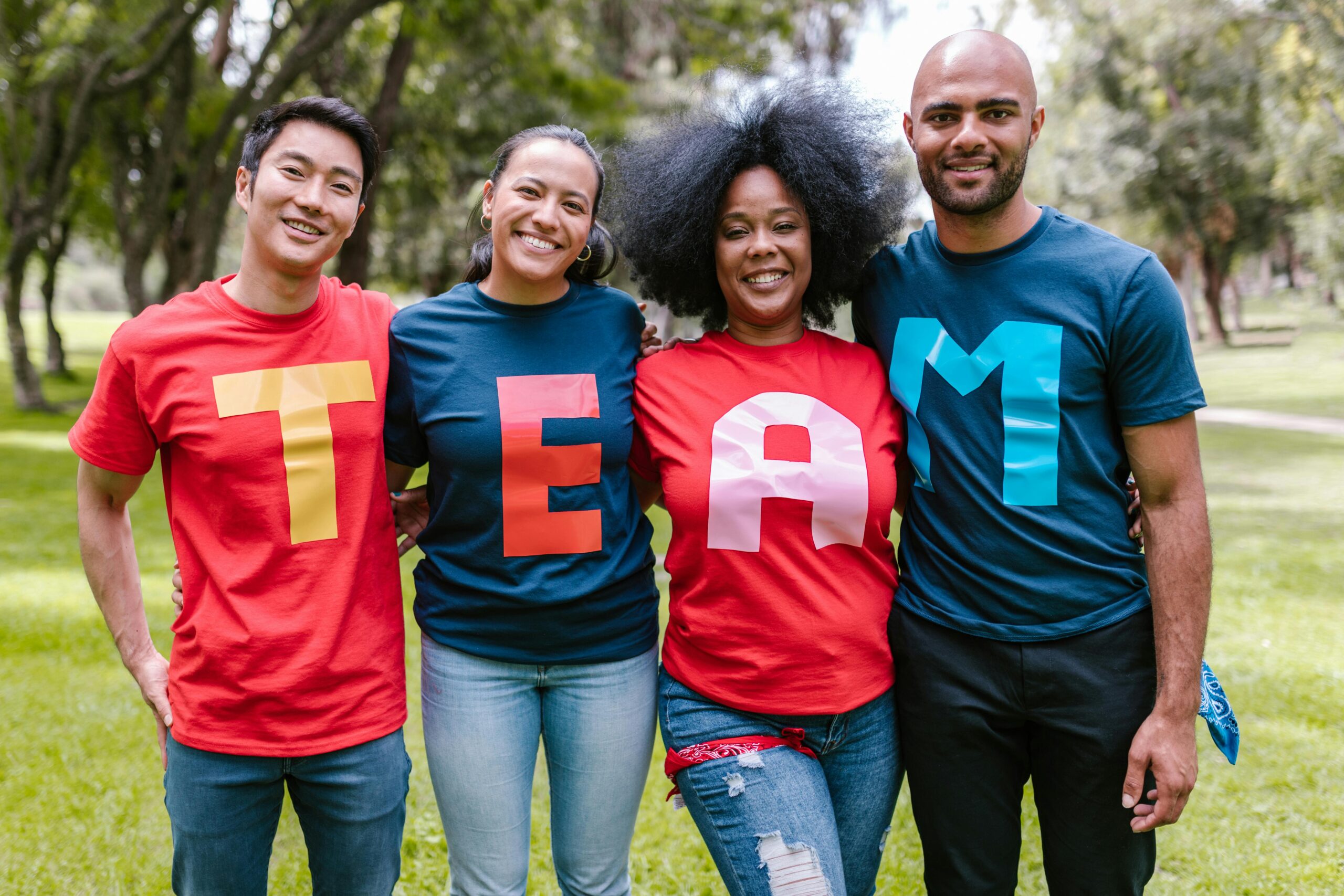Culture
A New Era Begins: Karate Kid: Legends Rekindles the Spirit of a Timeless Franchise
In Karate Kid: Legends, a young kung fu prodigy finds himself caught between cultures and combat as he trains under two legendary masters—Mr. Han (Jackie Chan) and Daniel LaRusso (Ralph Macchio). Blending tradition, action, and heart, this powerful new chapter delivers an unforgettable martial arts journey for a new generation.
The dojo doors are open once again—and this time, two legends are leading the way.
Karate Kid: Legends brings together iconic martial arts masters Jackie Chan and Ralph Macchio for a bold, heart-pounding new chapter in one of the most beloved film franchises of all time. With a fresh storyline, a dynamic young lead, and the return of familiar faces, this film is set to bridge generations and martial arts traditions in an epic tale of self-discovery, honor, and resilience.
A Fresh Start for a New Hero
The story follows Li Fong (played by rising star Ben Wang), a kung fu prodigy who relocates to New York City with his mother to attend a prestigious new school. Amidst the pressures of adjusting to a new life, Li finds comfort in an unexpected friendship with a classmate and her father. But his calm is shattered when a local karate champion sees him as a threat, pushing Li into a conflict he cannot ignore.
Determined to stand his ground, Li sets his sights on the ultimate test: a high-stakes karate competition that could determine more than just who’s strongest—it could define who he is.
East Meets West: The Return of Mr. Han and Daniel LaRusso
In his journey, Li is guided by the legendary kung fu master Mr. Han (reprised by Jackie Chan) and Daniel LaRusso (played once again by franchise icon Ralph Macchio). Together, they help him blend their distinct martial arts philosophies—kung fu’s inner peace and discipline with karate’s honor and technique—creating a unique fighting style that prepares him for a showdown like no other.
The return of both Chan and Macchio marks a cinematic moment decades in the making. It’s a fusion of the original Karate Kid legacy with the newer generation introduced in the 2010 reboot, promising something both nostalgic and refreshingly new.
A Stellar Creative Team and Cast
Directed by Jonathan Entwistle (The End of the F**ing World*) and written by Rob Lieber (Peter Rabbit), Karate Kid: Legends boasts a powerful lineup behind and in front of the camera. Produced by Karen Rosenfelt, and executive produced by Jenny Hinkey and Ralph Macchio himself, the film aims to honor the franchise’s emotional roots while embracing a modern cinematic style.
The supporting cast includes Joshua Jackson, Sadie Stanley, and Ming-Na Wen, adding emotional depth and energy to a story already brimming with action and heart.

Culture
The Power of Storytelling: How Understanding Different Cultures Can Make You a Better Leader

Introduction
Storytelling has long been a powerful tool for communication, inspiration, and leadership. In today’s globalized world, leaders who embrace storytelling as a way to understand different cultures can foster deeper connections, enhance their influence, and drive meaningful change. With the rise of global storytelling platforms like Netflix, audiobooks, and podcasts, diverse narratives are shaping how we perceive leadership, personal growth, and cultural intelligence.
In this article, we’ll explore how storytelling strengthens leadership, fosters cultural adaptability, and provide actionable insights on using stories to become a more effective leader.
The Link Between Storytelling and Leadership
1. Building Emotional Connections
Great leaders don’t just share facts—they tell compelling stories that resonate emotionally. By integrating cultural narratives into leadership, professionals can foster empathy, understanding, and trust among diverse teams.
2. Enhancing Cultural Intelligence
Stories from different cultures help leaders recognize and appreciate varying perspectives. Whether through literature, films, or personal anecdotes, exposure to diverse narratives strengthens cultural intelligence (CQ), a critical skill for leading in multicultural environments.
3. Driving Organizational Change
Storytelling is a powerful tool for driving transformation. Companies that embrace diverse storytelling—from corporate branding to employee engagement—foster inclusive workplaces and encourage innovation.
4. Strengthening Communication Skills
A well-told story transcends language barriers, making it easier to communicate complex ideas. Leaders who master storytelling can captivate audiences, motivate teams, and inspire action.
How Global Storytelling Platforms Are Shaping Leadership
1. Netflix and the Rise of Cross-Cultural Narratives
Streaming services have democratized storytelling, making global narratives more accessible. Series like Squid Game, Money Heist, and Lupin showcase cultural nuances that leaders can learn from to enhance their global perspective.
2. Audiobooks and Podcasts for Leadership Growth
Platforms like Audible and Spotify offer audiobooks and podcasts that explore leadership through cultural storytelling. Books such as The Culture Map by Erin Meyer provide valuable insights into navigating different cultural work environments.
3. Social Media and Digital Storytelling
Short-form storytelling on platforms like TikTok, Instagram, and LinkedIn is changing how leaders communicate. Thought leaders use these channels to share experiences, cultural insights, and leadership lessons in engaging ways.
Practical Ways to Use Storytelling in Leadership
1. Incorporate Cultural Stories in Team Building
- Share personal or historical stories that highlight cultural diversity.
- Encourage team members to share their own cultural narratives to foster inclusivity.
2. Use Storytelling to Navigate Conflict Resolution
- Frame challenges within a story to provide perspective.
- Use narratives to bridge cultural misunderstandings and promote collaboration.
3. Leverage Digital Storytelling Tools
- Utilize video content, podcasts, and blogs to share leadership insights.
- Engage in storytelling workshops to refine your narrative skills.
4. Learn from Cultural Leaders and Influencers
- Follow global leaders who use storytelling effectively.
- Read or listen to biographies of influential figures who navigated diverse cultural landscapes.
Conclusion
The power of storytelling extends beyond entertainment—it’s a leadership tool that fosters connection, cultural intelligence, and impact. By embracing diverse narratives, leaders can inspire teams, drive innovation, and thrive in a multicultural world. Whether through books, films, or personal experiences, storytelling helps shape inclusive, forward-thinking leadership.
How has storytelling influenced your leadership journey? Share your experiences in the comments below!
Culture
Cultural Intelligence in a Globalized World: How to Thrive in Multicultural America

Introduction
As globalization continues to shape modern society, cultural intelligence (CQ) has become a crucial skill for thriving in multicultural America. Whether in the workplace, social settings, or everyday interactions, understanding and adapting to diverse cultural perspectives fosters inclusion, strengthens relationships, and enhances professional opportunities.
In this article, we’ll explore the importance of cultural intelligence, how it impacts diversity and inclusion, and provide practical strategies to develop cultural adaptability.
Why Cultural Intelligence Matters in America
1. The Growing Diversity of the U.S. Population
America is a melting pot of cultures, with immigrants and diverse communities contributing to the nation’s rich heritage. According to census data, over 40% of the U.S. population identifies as a racial or ethnic minority, making cultural competence a vital skill for communication and collaboration.
2. Enhancing Workplace Success
Companies that prioritize diversity, equity, and inclusion (DEI) benefit from higher innovation, better decision-making, and improved employee satisfaction. Employees with high CQ can navigate multicultural work environments effectively, leading to greater career growth and leadership opportunities.
3. Strengthening Social Connections
Understanding different cultural values, traditions, and communication styles allows for deeper, more meaningful relationships. Cultural intelligence helps break down barriers, reduces misunderstandings, and promotes a more inclusive society.
Practical Strategies to Develop Cultural Intelligence
1. Increase Cultural Awareness
- Learn about different cultural traditions, holidays, and customs.
- Engage with diverse media, including books, films, and news from various cultural perspectives.
2. Develop Cross-Cultural Communication Skills
- Be mindful of body language, tone, and non-verbal cues.
- Practice active listening and ask open-ended questions to understand different viewpoints.
3. Adapt and Be Open-Minded
- Embrace new experiences, cuisines, and languages.
- Challenge stereotypes and unconscious biases through self-reflection and education.
4. Build Inclusive Networks
- Participate in cultural festivals and community events.
- Join professional and social groups that promote cross-cultural collaboration.
5. Seek Cultural Immersion Experiences
- Travel domestically and internationally to experience different cultural settings firsthand.
- Engage in volunteer work or mentorship programs within diverse communities.
Conclusion
Cultural intelligence is more than just a skill—it’s a mindset that enables individuals to navigate and thrive in a multicultural world. By fostering diversity, inclusion, and adaptability, you can build stronger relationships, excel in professional environments, and contribute to a more harmonious society.
Are you ready to enhance your cultural intelligence? Share your thoughts and experiences in the comments below!
Business
The Rise of Digital Nomads: How Remote Work is Changing American Culture

Introduction
The digital nomad lifestyle is no longer a niche trend—it’s a transformative shift redefining American work culture. With the rise of remote work and the gig economy, millions are embracing location independence, working from cafes, co-living spaces, and even exotic destinations. This shift is altering how Americans approach career stability, urbanization, and even consumer habits.
In this article, we’ll explore how remote work is reshaping cultural dynamics in the U.S. and recommend essential work-from-anywhere gadgets to boost productivity.
How Remote Work is Reshaping American Culture
1. The Shift from Corporate Offices to Global Workspaces
Traditionally, American work culture emphasized the 9-to-5 office structure. Today, co-working spaces, coffee shops, and home offices have become the new norm. Remote work allows professionals to choose their work environments, leading to greater flexibility and work-life balance.
2. Urban Exodus: Redefining Where People Live
With work no longer tied to a specific location, digital nomads are leaving expensive metropolitan areas for more affordable and scenic locations. Cities like Austin, Boise, and Asheville are attracting remote workers with their lower cost of living and high quality of life.
3. The Growth of the Gig Economy
Platforms like Upwork, Fiverr, and Toptal have empowered professionals to monetize their skills independently. This shift encourages entrepreneurship and freelancing, challenging traditional employment models.
4. Changing Social and Family Dynamics
Remote work is influencing relationships and family structures. Couples and families can now relocate together, homeschooling is on the rise, and work-life integration is becoming more fluid than ever before.
5. The Rise of ‘Workations’ and Digital Nomad Visas
Many countries now offer digital nomad visas, encouraging U.S. workers to temporarily relocate while maintaining American clients. Popular destinations include Mexico, Portugal, and Thailand, fostering a more globalized workforce.
Must-Have Work-From-Anywhere Gadgets
If you’re considering a remote work lifestyle, these essential gadgets will keep you connected and productive:
1. Portable Laptop Stand – Maintain good posture and reduce neck strain while working remotely.
2. Noise-Canceling Headphones – Essential for blocking distractions in co-working spaces or cafes. The Bose QuietComfort or Sony WH-1000XM5 are top picks.
3. Lightweight Laptop – A powerful yet portable laptop like the MacBook Air M2 or Dell XPS 13 ensures high performance on the go.
4. Mobile Wi-Fi Hotspot – Stay connected anywhere with a device like the Skyroam Solis or Nighthawk M1.
5. External Battery Pack – Keep your devices charged throughout the day with a reliable power bank like Anker PowerCore.
6. Ergonomic Travel Keyboard and Mouse – Compact and wireless options like the Logitech MX Keys Mini enhance typing efficiency.
7. VPN Service – Secure your internet connection while traveling by using a trusted VPN like ExpressVPN or NordVPN.
Conclusion
The rise of digital nomads and remote work is reshaping American culture in profound ways. As more professionals embrace location independence, cities, businesses, and social structures will continue to evolve. Whether you’re a freelancer, entrepreneur, or corporate remote worker, investing in the right tools can enhance your experience and efficiency.
Are you ready to join the digital nomad movement? Share your experiences and favorite remote work gadgets in the comments below!
-

 Culture1 year ago
Culture1 year ago🎉 10 Cultural Festivals in the U.S. You Should Experience at Least Once
-

 Culture1 year ago
Culture1 year agoMeet Superman’s grandfather in new trailer for Krypton
-

 Culture1 year ago
Culture1 year agoHow American Subcultures Are Shaping Gen Z Identity in 2025
-

 Culture1 year ago
Culture1 year agoHow Black American Culture Shapes Global Trends in 2025
-

 Culture1 year ago
Culture1 year agoGeorge Lopez’s New Stand-Up Special Coming to Prime Video – Don’t Miss!
-

 Health1 year ago
Health1 year ago2025 Morning Routines That Are Changing American Lives (One Cup of Coffee at a Time)
-

 Home and Decor1 year ago
Home and Decor1 year ago10 Budget-Friendly Home Décor Hacks to Transform Your Space
-

 Travel1 year ago
Travel1 year agoTen New Travel Gear to pack for your adventure.





